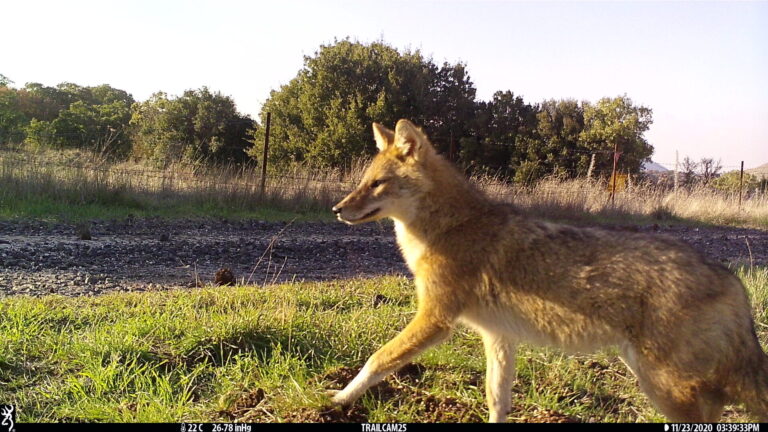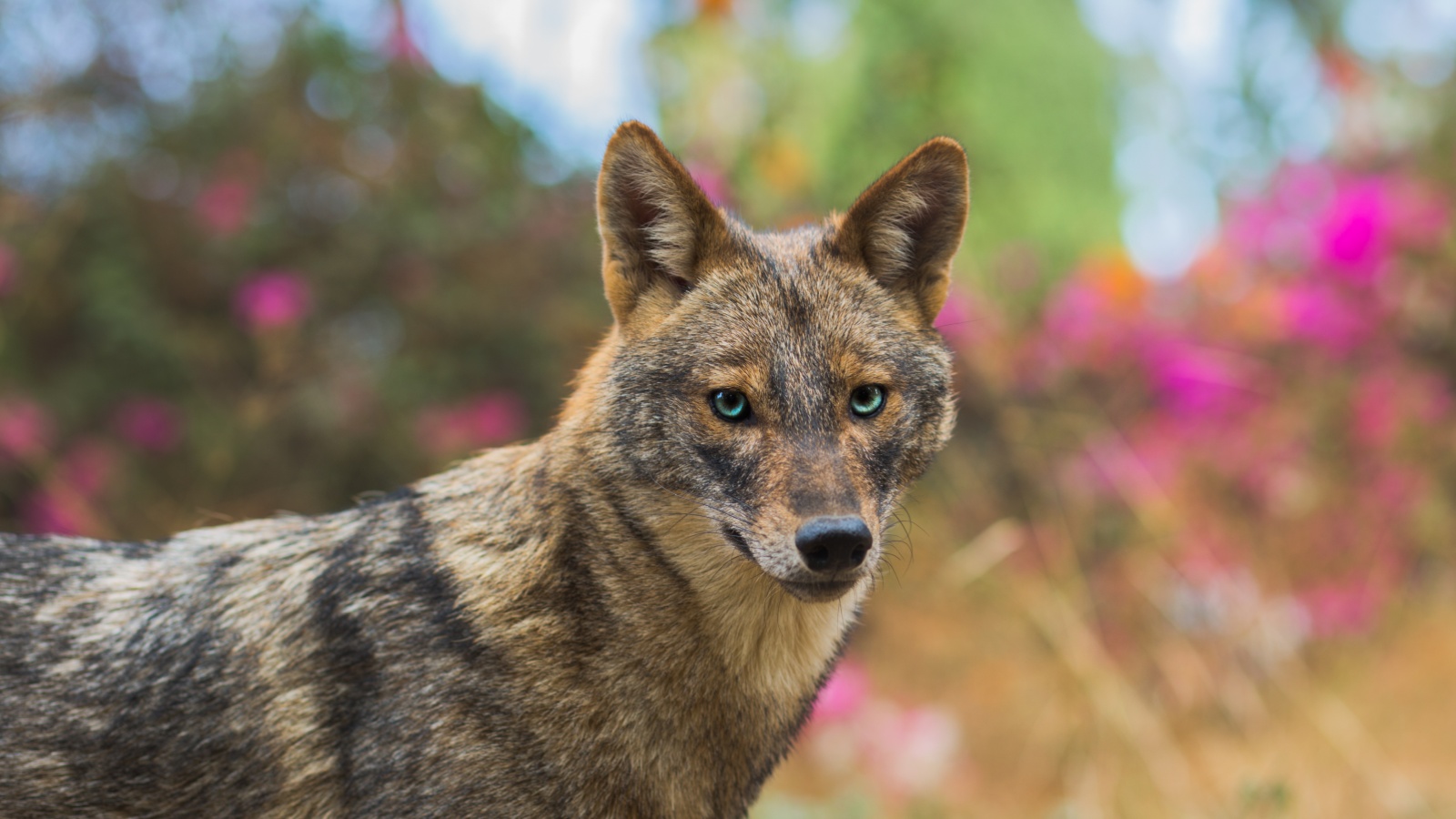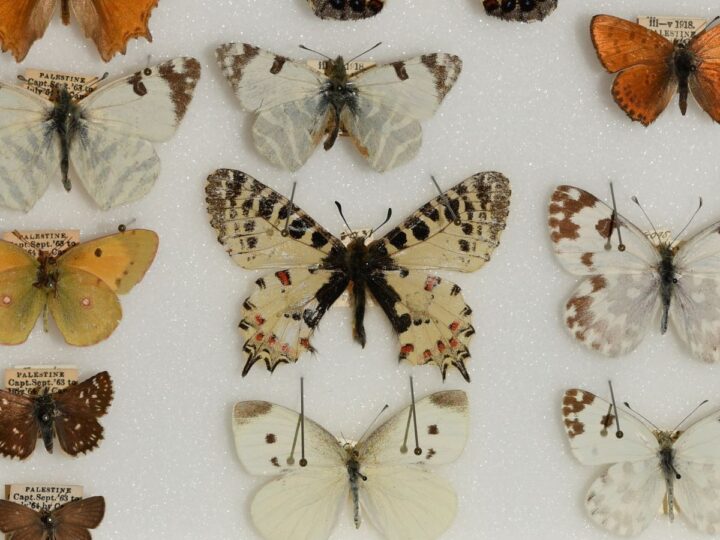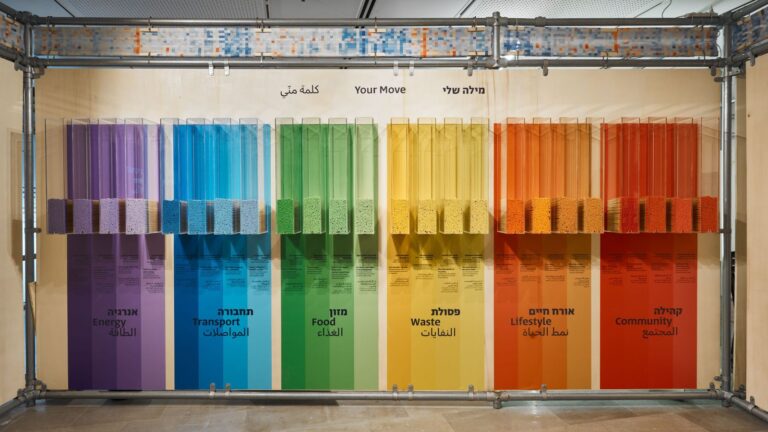We all know the story of wolves becoming domesticated and evolving into dogs. Could the same thing now be happening to jackals, another canine species?
A group of Israeli researchers who recently helmed a new study say there is a good chance.
Their study, conducted in the Golan Heights in northern Israel, reveals the possibility that jackals’ exposure to humans, and gradual loss of the characteristics needed for hunting and camouflage, may be leading to domestication.
According to the study, published in the journal Scientific Reports, several wild golden jackals have been spotted exhibiting traits of domestication. The animals were first suspected of being a separate species or a jackal-dog hybrid, but a comprehensive genetic and morphological analysis confirmed the animals to be 100 percent jackals.
The scientists say one of the first signs of domestication in wild animals is a change in the color of their fur. Over the course of the research, at least five jackals with exceptionally long fur or with white patches and an upright tail were discovered in the area of the Golan Heights.

The discovery could be proof that thousands of years since the last domestication of a wild mammal, we might be witnessing the process in a living species.
The findings were analyzed at the Shamir Institute for Research in Katzrin by PhD student Ayelet Barash from the Tel Aviv University School of Zoology, under the guidance of Shamir Scientific Director Yaron Dekel and Prof. Tamar Dayan, chair of the Steinhardt Museum of Natural History.
Dekel called the discovery “a scientific breakthrough,” which the researchers have been working on for years. “This finding left us speechless. The ongoing genetic, evolutionary, and ecological research will enable us to learn more about this unique and novel phenomenon. We are only at the beginning of a fascinating journey.”
Israel’s Education Ministry and Italy’s Institute for Environmental Protection also participated in the study.
Fighting for Israel's truth
We cover what makes life in Israel so special — it's people. A non-profit organization, ISRAEL21c's team of journalists are committed to telling stories that humanize Israelis and show their positive impact on our world. You can bring these stories to life by making a donation of $6/month.








